Fiveband barb - Desmopuntius pentazona
Scientific name: Desmopuntius pentazona
Common name: Fiveband barb
Family: Cyprinidae
Usual size in fish tanks: 5 - 6 cm (1.97 - 2.36 inch)
014
Recommended pH range: 6.1 - 7
Recommended water hardness: 4 - 13°N (71.43 - 232.14ppm)
0°C 32°F30°C 86°F
Recommended temperature range: 24 - 29 °C (75.2 - 84.2°F)
The way how these fish reproduce: Spawning
Where the species comes from: Southeast Asia
Temperament to its own species: peaceful
Temperament toward other fish species: peaceful
Usual place in the tank: Middle levels
General Information
The Fiveband Barb (Desmopuntius pentazona, often listed as Puntius pentazona) is a small, peaceful cyprinid from Southeast Asia. The true D. pentazona is naturally associated with blackwater streams and peat swamps and appears to be geographically restricted to northwestern Borneo (with some sources noting possible records from Peninsular Malaysia). It is frequently confused in the aquarium trade with the similar Sixband Barb, D. hexazona; a key field mark of pentazona is a dark spot at the rear base of the dorsal fin, which hexazona lacks. Keep them in a shoal (≥6–8) for confidence and natural schooling behavior.
Food and Feeding
Use quality flakes or micro-granules as the staple and rotate in meaty foods for colour and conditioning: live or frozen bloodworms, brine shrimp, and daphnia. Offer small portions once or twice daily so all food is eaten within a few minutes; these barbs can be shy at feeding time, so ensure the whole group eats.
Sexing
Adult males are typically slimmer and show more intense red/orange hues in fins and body; females are deeper-bodied, especially when gravid. Sexing juveniles is difficult until maturity.
Breeding
D. pentazona is an egg-scattering spawner with no parental care. Use a separate dimly lit spawning tank with fine-leaved plants (e.g., Java moss) or mops. Remove adults post-spawn to prevent egg predation; eggs typically hatch in ~24–36 hours and fry become free-swimming a few days later. Start with infusoria, then transition to newly hatched brine shrimp.
Lifespan
Commonly 5–8 years in stable, clean conditions with a varied diet and low stress, in line with small barb longevity. (Upper limits vary by husbandry.)
Tank Requirements & Water Parameters
- Minimum tank length: 60–80 cm (24–32″) for a group; bigger footprints improve schooling and stability.
- Temperature: 24–29 °C (75–84 °F).
- pH: ideally acidic blackwater (≈5.0–6.5); neutral (≤7.0) can work if very stable.
- Hardness: soft to low-medium.
- Environment: dark substrate, leaf litter/tannins, dense planting round sides/back with open lanes for schooling; gentle flow and quality filtration.
Compatibility & Tank Mates
Peaceful schooling fish suited to quiet community setups. Combine with similarly sized, non-aggressive species (small rasboras, tetras, peaceful gouramis, Corydoras). Avoid fin-nippers and boisterous or predatory fish that might outcompete or stress them.
Behaviour & Usual Place in the Tank
Middle levels: active shoalers that spend most time in the mid-water column, venturing up or down as they school and feed.
Short Description
Fiveband Barb (Desmopuntius pentazona) is a peaceful, schooling blackwater barb from Southeast Asia. Keep it in groups in a planted, softly acidic aquarium with gentle flow and stable parameters. Distinguish it from the similar D. hexazona by the small dark spot at the rear base of the dorsal fin.
Q&A
- How do I tell pentazona from hexazona? Look for the dark spot at the dorsal fin base in pentazona; hexazona lacks it.
- Is my shop fish really pentazona? Many “pentazona” in trade are actually hexazona; care is similar, but distribution differs.
- Do they need blackwater? Not strictly, but they thrive in soft, acidic, tannin-rich setups that mimic peat-swamp streams.
Pictures
Bought by aqua-fish.net from jjphoto.dk.
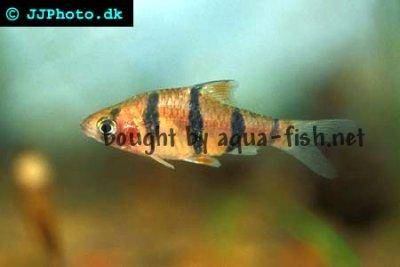


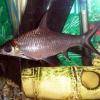 Bala
Bala 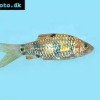 Spotted
Spotted 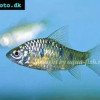 Golden
Golden 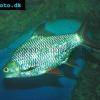 Tinfoil
Tinfoil 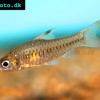 Congo
Congo 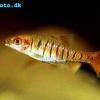 Blue-barred
Blue-barred 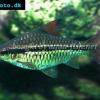 African
African 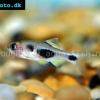 Butterfly
Butterfly 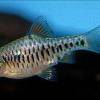 Olivegreen
Olivegreen 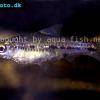 Morse
Morse 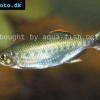 Jerdon’s
Jerdon’s 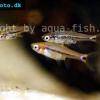 Mosquito
Mosquito 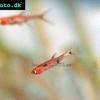 Dwarf
Dwarf 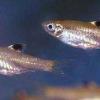 Eyespot
Eyespot 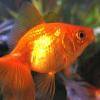 Goldfish
Goldfish 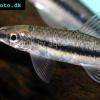 Penguin
Penguin  Siamese
Siamese 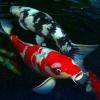 Koi
Koi 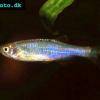 Pearl
Pearl 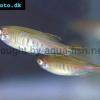 Glowlight
Glowlight 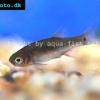 Crossbanded
Crossbanded 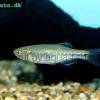 Yoma
Yoma 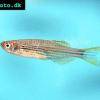 Orange
Orange 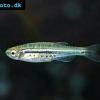 Dwarf
Dwarf 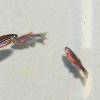 Zebra
Zebra 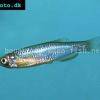 Rose
Rose 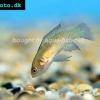 Red
Red 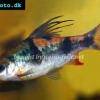 Arulius
Arulius 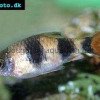 Tambraparni
Tambraparni 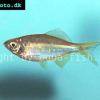 Bengal
Bengal 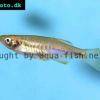 Tiger
Tiger 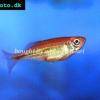 Malabar
Malabar 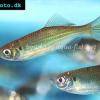 Queen
Queen 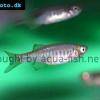 Hora
Hora 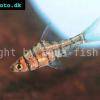 False
False 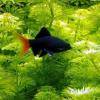 Redtail
Redtail 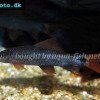 Rainbow
Rainbow 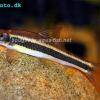 Flying
Flying 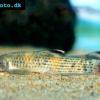 Garra
Garra 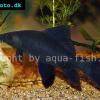 Black
Black 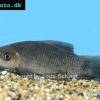 Purple
Purple 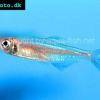 Burmese
Burmese 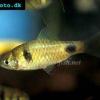 Dwarf
Dwarf 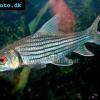 Isok
Isok 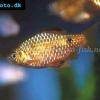 Rosy
Rosy 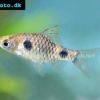 Two
Two 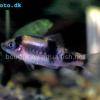 Melon
Melon 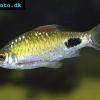 Black-spot
Black-spot 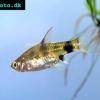 Golden
Golden 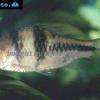 T-Barb
T-Barb 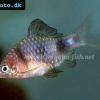 Ruby
Ruby 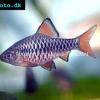 Checkered
Checkered 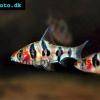 Rhomb
Rhomb 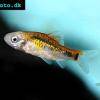 Gold
Gold 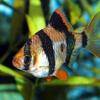 Tiger
Tiger 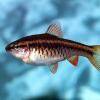 Cherry
Cherry 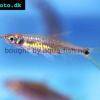 Brittan’s
Brittan’s 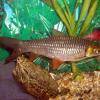 Greater
Greater 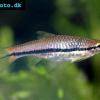 Long-band
Long-band 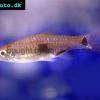 Twospot
Twospot  Reticulate
Reticulate 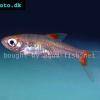 Cherry
Cherry 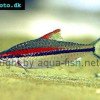 Denison
Denison 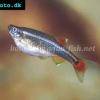 White
White 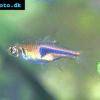 Lambchop
Lambchop 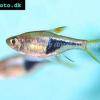 Harlequin
Harlequin